




In dental device manufacturing and oral appliance engineering, occlusal interference and resulting jaw fatigue are critical yet often overlooked consequences of inadequate product design. When an appliance—whether a night guard, aligner, or occlusal splint—introduces unwanted bite interferences, it can lead to cumulative strain on the masticatory system. Could this be more than just a patient adaptation issue? Does it reflect a fundamental design flaw? This article explores that possibility in depth.
Occlusal interference occurs when a dental device disrupts the natural contact between upper and lower teeth during function or rest. Unlike physiologic occlusion, where contact is evenly distributed and harmonious, interference results in:
These small discrepancies, if consistent, can initiate or aggravate myofascial discomfort and alter the natural bite pattern.
When occlusal surfaces are poorly calibrated, they force the masticatory muscles to work harder to reach a comfortable bite. Over time, this triggers jaw fatigue, marked by:
While these symptoms may appear subjective, their underlying cause is often mechanical, rooted in how the device is engineered and fitted.
Several product design choices directly impact whether occlusal interference occurs:
Failure to anticipate these during design and production can introduce functional conflicts that patients experience as fatigue or pain.
For years, jaw fatigue following use of occlusal devices has been dismissed as temporary adaptation. However, mounting clinical evidence shows that prolonged fatigue:
This positions fatigue not as a harmless byproduct but a warning sign—possibly signaling a mismatch between device mechanics and human physiology.
To avoid jaw fatigue caused by occlusal interference, manufacturers should integrate the following design optimizations:
Proactive innovation at the CAD/CAM stage can significantly reduce user discomfort while enhancing clinical outcomes.
When occlusal interference leads to jaw fatigue, the issue cannot solely be attributed to user tolerance or practitioner error. Often, the root lies in insufficient attention to dynamic occlusion and load management during product development.
For B2B clients, this means scrutinizing whether your occlusal devices are engineered for precision, comfort, and long-term safety. At scale, even small design misalignments can result in widespread user dissatisfaction—or worse, compromised oral health.
Looking to optimize your oral appliance designs to eliminate such flaws? Contact our development team to collaborate on next-generation solutions that deliver both functionality and biomechanical harmony. Contact Kiwibird
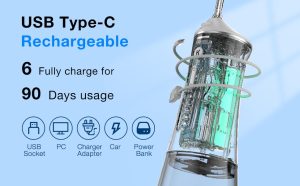
.jpg)
Is an RV travel essential kit complete without an RV power toothbrush?

Pressure Sensor Failure with Taste Distortion – Related?

Hose Leakage Leading Mucosal Lesions – Double Damage?

What Competitive Oral Care Products Are Needed in the Highly Competitive Dental Care Market?
.jpg)
How to Build a Differentiated Oral Care Brand?

How Can You Turn Your Users into Loyal Users of Your Oral Care Brand?
.jpg)
Which Product Functions and Performances of Water Flossers Are Users Most Concerned About?

How Long Does It Take for a Teeth Whitening Device to Show Results?
.jpg)
Children Powered Toothbrush Customizable
.jpg)
Wholesale Smart Sonic Electric Toothbrush
.jpg)
Children Sonic Electric toothbrush
Product series: Children Product color: white, pink, green (can customize other colors) Product features: Brush head: food-grade ABS material, safe and healthy; German PEDEX color-changing bristles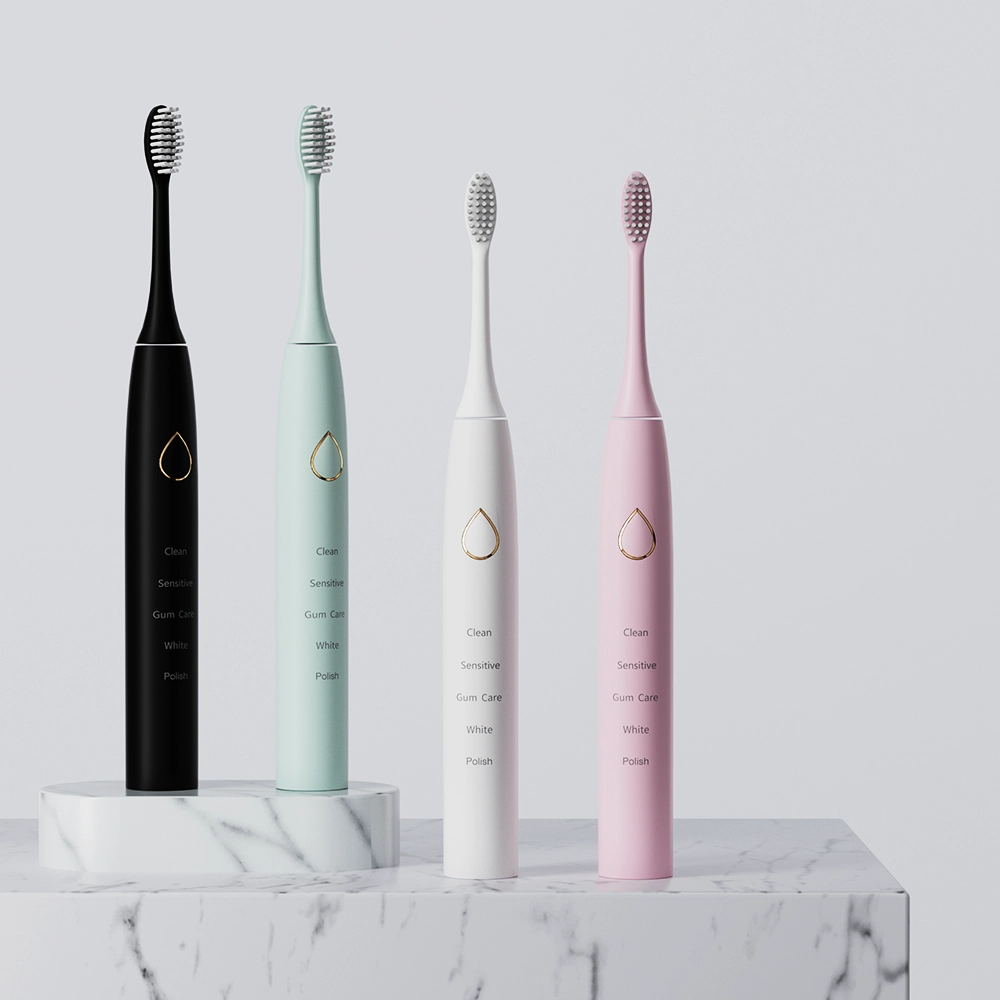
Custom Logo Private Label Sonic Toothbrush

electric toothbrush heads Regular Clean
Regular Clean Brush Head 6mil (0.152mm)Dupont Tynex Classic Bristles. Conveys sonic vibration effectively 80% End-rounded rate, Clean while doesn’t damage enamel Color Reminder: Pedex Reminder.jpg)
Customizable Water Flosser Big Tank UVC Sterilization
Specification Model Name: PTR-X6 Material: PC, ABS Battery type: 2000 mAh lithium battery Rated voltage: DC 3.7V Fully Charged: ≤6H Product Size:76.5x71.5x290mm Waterproof: IPX7 Frequency: 1.jpg)
Oral Irrigator UVC Portable OEM Available
Specification Model Name: PTR-X3 Material: PC, ABS Battery type: 1100 mAh lithium battery Rated voltage: DC 3.7V Fully Charged: ≤6H Product Size:221x64x45mm Waterproof: IPX8 Frequency: 1800
LED Sonic Electric Toothbrush Available for Customization
.jpg)
Customized Powered Smart Toothbrush Three Modes
.jpg)
Accept OEM Electric Toothbrush Bulk Supplier

electric toothbrush heads Deep Clean
Regular Soft Bristles 6mil (0.152mm)Dupont Tynex Brilliance Bristles Conveys sonic vibration effectively 80% End-rounded rate Clean while doesn’t damage enamel Color Reminder Pedex Reminder.jpg)
Private Label Water Flosser With UVC Sterilization
Specification Model Name: PTR-X6 Material: PC, ABS Battery type: 2000 mAh lithium battery Rated voltage: DC 3.7V Fully Charged: ≤6H Product Size:76.5x71.5x290mm Waterproof: IPX7 Frequency: 1.jpg)
Sonic Toothbrush Smart Timer Private Label
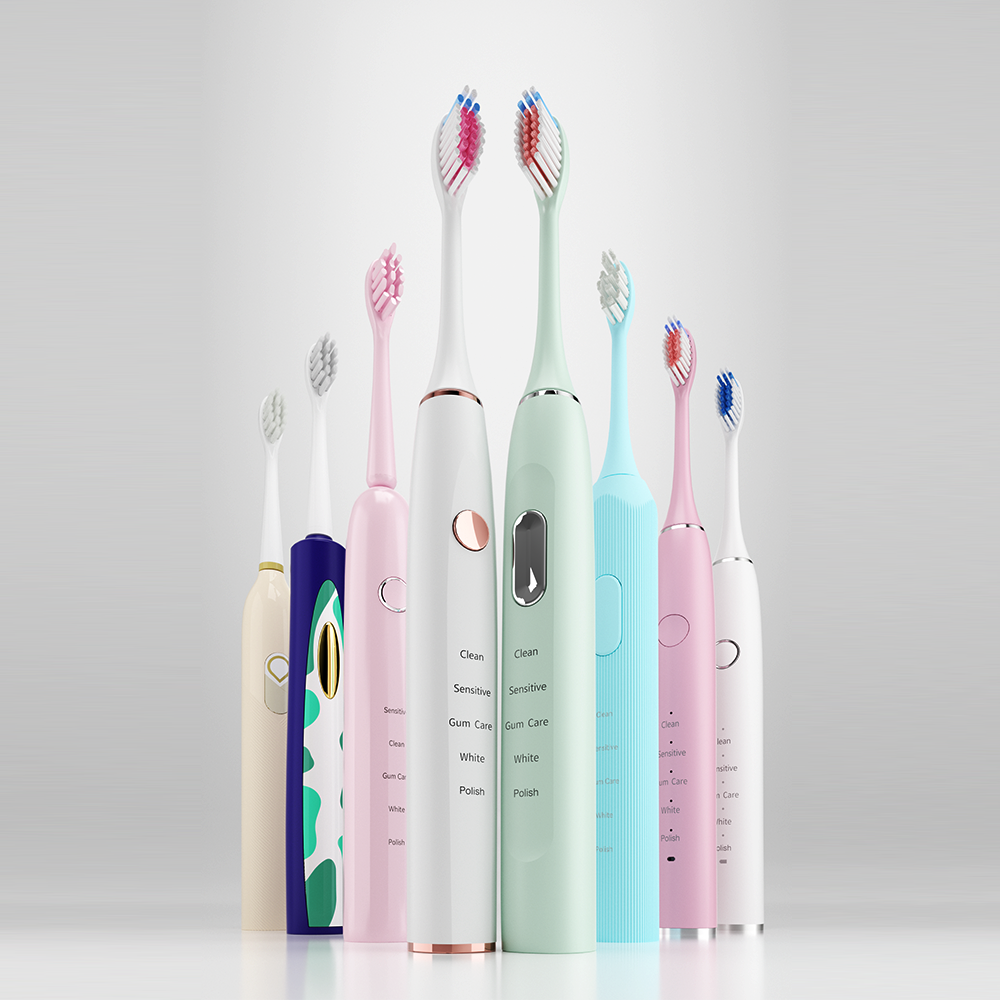
Wave Vibrating Sonic Toothbrush Available for OEM ODM
.jpg)
Customizable Kids Electric Toothbrush
-2-scaled.png)
Private Label Teeth Whitening Accelerating Light
-3-scaled.png)
Household Teeth Whitening Device Custom LOGO
.jpg)
Travel Size UVC Oral Irrigator OEM Available
Specification Model Name: PTR-X3 Material: PC, ABS Battery type: 1100 mAh lithium battery Rated voltage: DC 3.7V Fully Charged: ≤6H Product Size:221x64x45mm Waterproof: IPX8 Frequency: 1800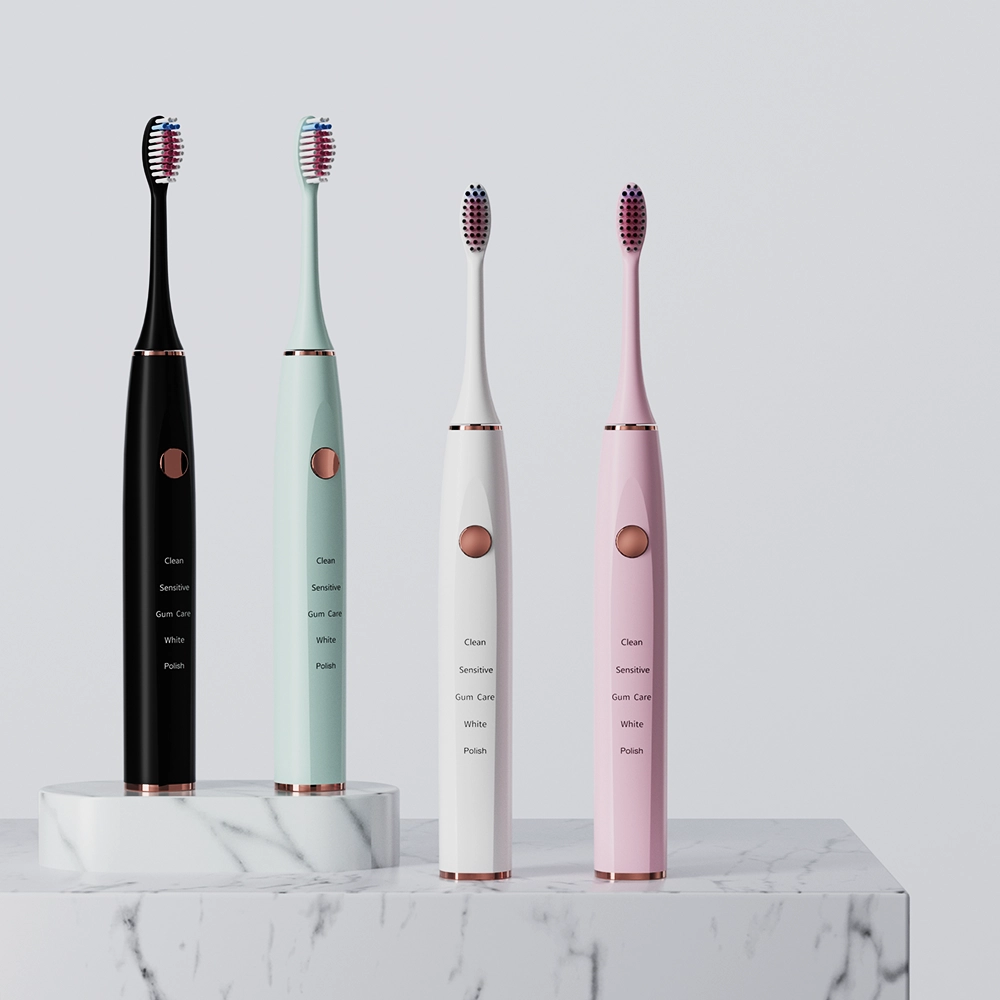
Private Label IPX7 Electric Toothbrush OEM
.jpg)
Electric Toothbrush Customized Logo Rechargeable USB-C
Customer satisfaction
We prioritize customers' satisfaction by providing exceptional service and support.
sincerity
We are committed to upholding the highest ethical standards in all aspects of our business.

.jpg)
A sonic toothbrush is an advanced type of electric toothbrush that uses high-frequency vibrations to clean teeth.
.jpg)
A smart toothbrush is an electric toothbrush that connects to a smartphone app via Bluetooth.
.jpg)
Electric toothbrushes remove plaque more effectively than manual brushes, promoting better oral health.
Your professional source for private label electric toothbrushes
Your Vision, Engineered by Our Professional R&D. From concept to cutting-edge electric toothbrush.
Perfect Your Electric Toothbrush with Our Precision Sample Development. Let's align vision and reality, sample by sample.
Streamline your supply chain with our high-volume electric toothbrush manufacturing.
Wholesale electric toothbrushes of all types—for every market, every customer.
Our fast worldwide delivery gets your electric toothbrushes to shelves faster.
Our electric toothbrushes are manufactured under advanced ISO9001 & medical-grade ISO13485 standards.
Your most cost-effective electric toothbrush source—quality assured.
If a product is hot, there is a good chance Relish already has it in stock, just waiting for your label.
Get a Sample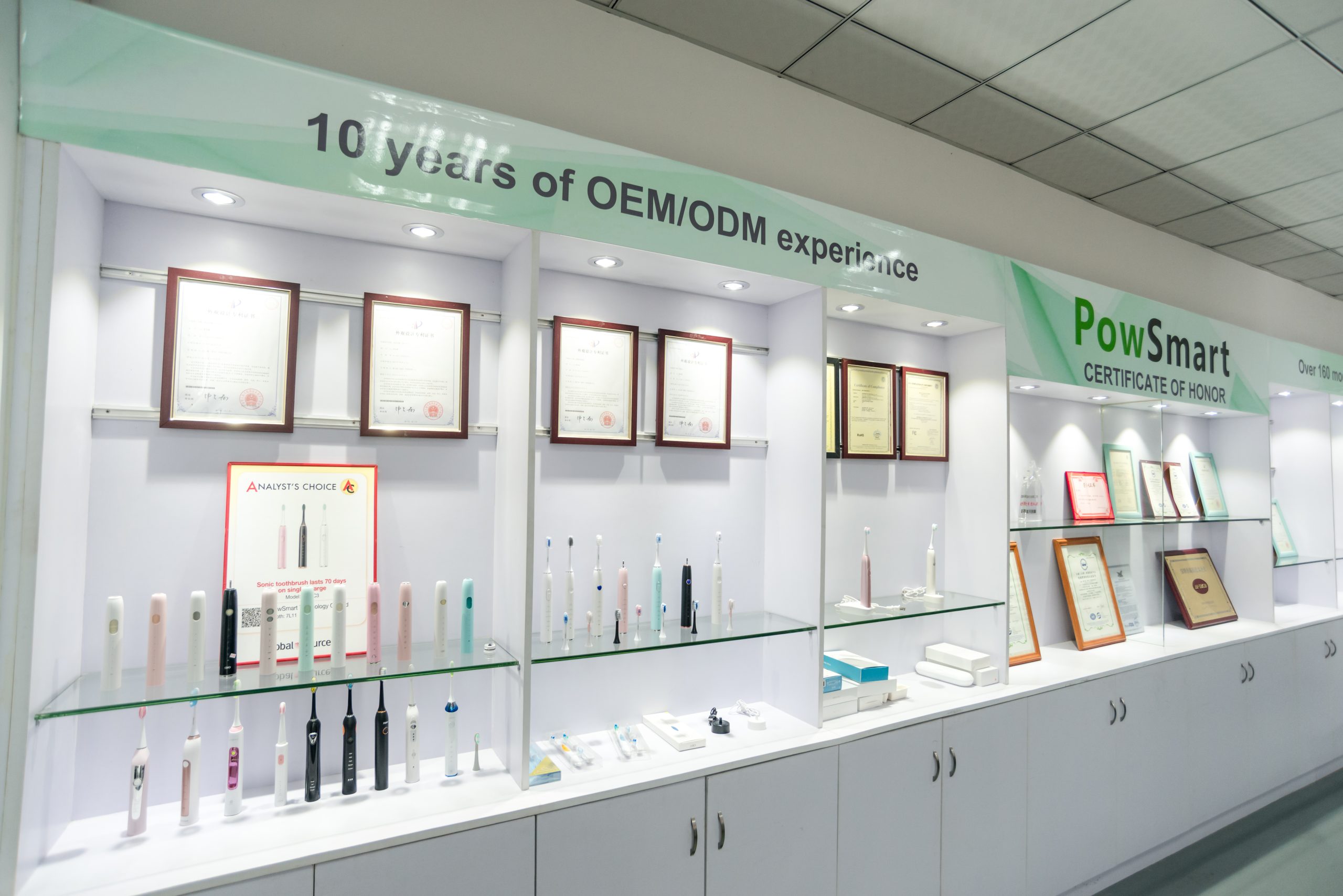
We arexporting our products globally from which the most well-known partners are Walmart, BestBuy, Honeywell, Target, Haier and Xiaomi.
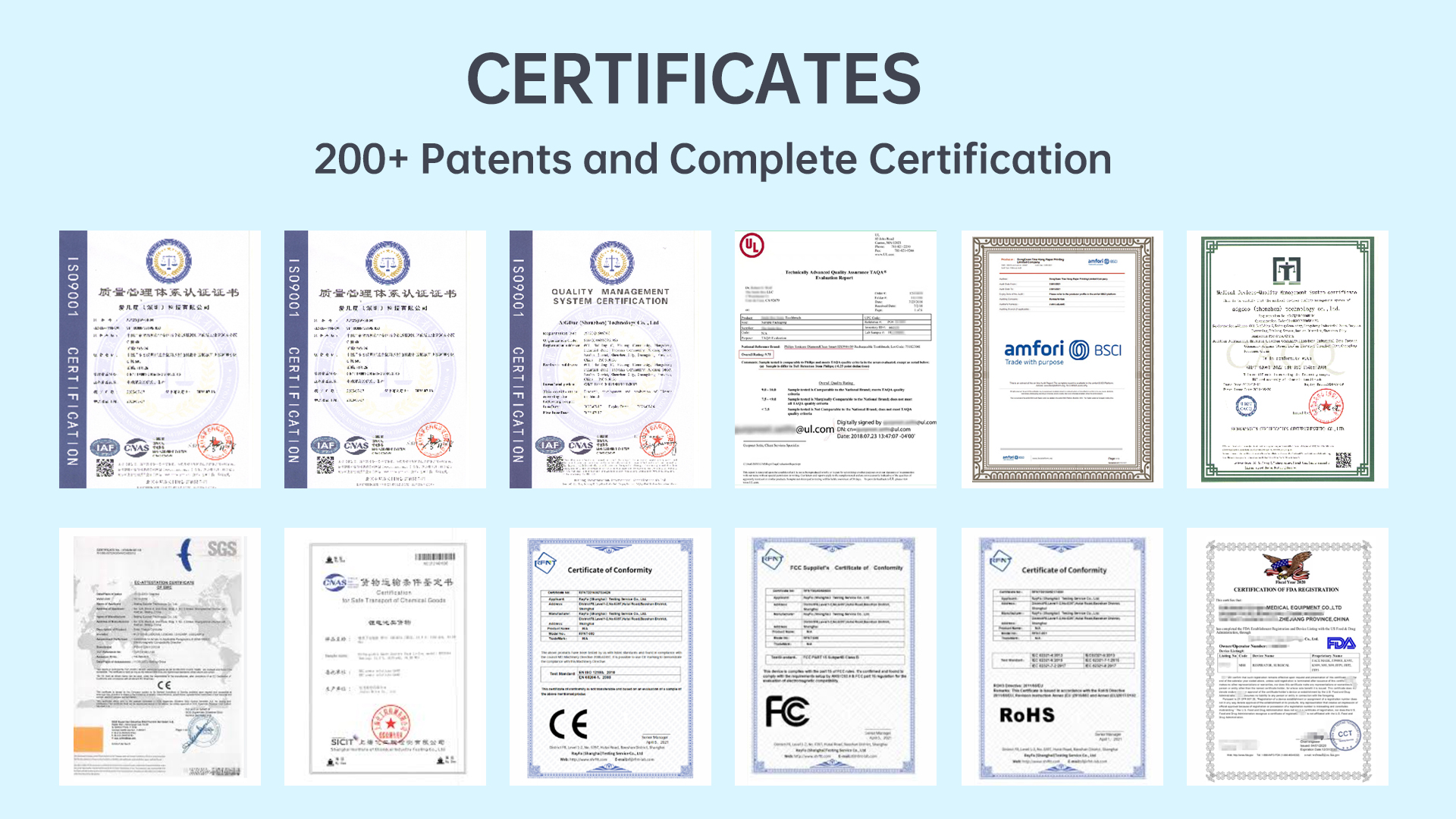
Relish is ISO9001, ISO13485, BSCI certified, and FDA registered, with lots of certifications such as CE, CB, ROHS, CETL, FCC, PSE, SGS, ERP, LFGB, and Reach etc.